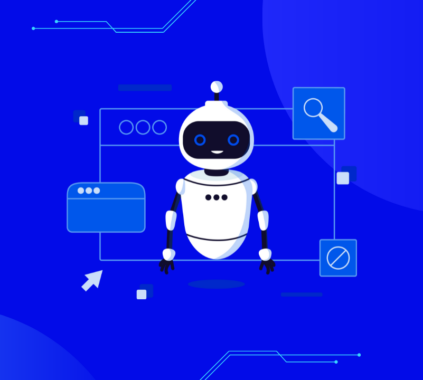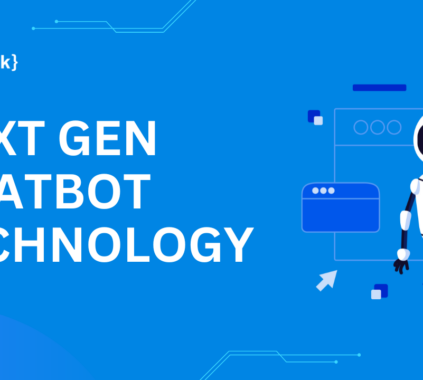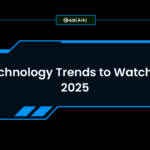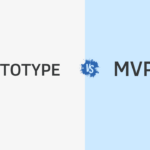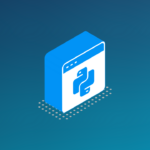Artificial intelligence is transforming the way businesses operate, from automating workflows to enhancing customer interactions. However, with multiple AI models available, businesses often struggle to determine which one aligns best with their needs. Two major contenders in the AI space are DeepSeek and OpenAI—both offering unique advantages. But which one delivers more value?
Selecting the wrong AI model can lead to high costs, inefficient operations, and compatibility issues. While OpenAI’s GPT-4 is known for its advanced capabilities, DeepSeek is emerging as a cost-effective and open-source alternative. Without proper evaluation, businesses may end up investing in a model that doesn’t fully meet their requirements.
This article provides a deep dive into DeepSeek vs. OpenAI, analyzing their capabilities, costs, flexibility, and real-world business applications. By the end, you’ll have a clear understanding of which AI model is the best fit for your business.
Overview of DeepSeek and OpenAI
What is DeepSeek?
DeepSeek is an open-source large language model (LLM) developed to provide efficient, cost-effective AI solutions. Founded in 2023 by Liang Wenfeng, DeepSeek prioritizes affordability and accessibility while delivering impressive performance in reasoning tasks and AI automation.
What is OpenAI?
OpenAI, established in 2015, is one of the most well-known AI research organizations. Its flagship models, including GPT-4, are widely used across industries, offering powerful multimodal AI capabilities, robust content moderation, and seamless AI integration into existing business workflows.
Technical Performance and Capabilities
1. Language Understanding and Generation (DeepSeek vs. OpenAI)
- DeepSeek’s LLM technology is designed for natural language processing (NLP) tasks, showing strong performance in generating human-like responses.
- OpenAI’s GPT-4, however, is a multimodal AI model, meaning it can process both text and images, making it more versatile for businesses requiring AI-driven content creation and customer service automation.
2. Reasoning and Problem-Solving
- DeepSeek’s model outperforms OpenAI in logical reasoning and code generation, making it ideal for businesses that require precise AI-driven solutions in industries like banking, finance, and real estate.
- OpenAI, on the other hand, is more suitable for creative applications, such as generating marketing content and enhancing customer interactions.
3. Multimodal Capabilities
- OpenAI’s advanced multimodal AI capabilities make it superior in handling image recognition and voice-based AI interactions.
- DeepSeek is primarily focused on text-based AI solutions, which may limit its functionality for businesses needing visual AI processing.
Cost-Effectiveness and Resource Requirements
1. Training and Operational Costs
- DeepSeek’s open-source approach significantly reduces costs for businesses by allowing customization without expensive licensing fees.
- OpenAI operates on a subscription model, making it a pricier option but offering extensive cloud-based AI processing.
2. Infrastructure Needs
- DeepSeek can run efficiently on consumer-grade hardware, lowering infrastructure expenses for startups and small businesses.
- OpenAI requires substantial computational power, making it more suitable for enterprises with larger budgets.
Customization and Flexibility
1. Open-Source vs. Proprietary AI
- DeepSeek’s open-source nature allows developers to tweak and modify the model to suit specific business needs.
- OpenAI offers a more plug-and-play experience but with limited customization compared to DeepSeek.
2. AI Integration into Business Workflows
- Both models support API integration, but DeepSeek’s flexibility allows businesses to implement AI solutions without vendor lock-in.
Safety, Ethics, and Compliance
1. Content Moderation and Bias Reduction
- OpenAI has robust content moderation policies to prevent misuse.
- DeepSeek allows for greater customization, but businesses must implement their own AI ethics guidelines.
2. Regulatory Compliance
- OpenAI complies with international AI governance regulations.
- DeepSeek follows Chinese AI policies, making it an alternative for businesses operating in Asia.
User Experiences and Case Studies
1. Businesses Benefiting from DeepSeek
- A healthcare startup in India reduced AI costs by 50% using DeepSeek’s open-source LLM.
- A finance company improved automated customer support using DeepSeek’s cost-efficient AI automation.
2. OpenAI in Action
- A marketing agency enhanced ad copy and social media automation using OpenAI’s multimodal AI.
- A real estate firm utilized OpenAI’s AI-driven insights to streamline property evaluations.
Which Model Should Your Business Choose?
- Choose DeepSeek if: You need a low-cost, open-source AI with strong logical reasoning capabilities and minimal infrastructure expenses.
- Choose OpenAI if: You require an advanced multimodal AI model with strong content moderation and extensive business support.
Regardless of your choice, both DeepSeek and OpenAI offer AI-driven business solutions that can streamline workflows, enhance customer interactions, and improve productivity
FAQs
1. What are the main differences between DeepSeek and OpenAI models?
DeepSeek is an open-source AI model, while OpenAI’s GPT-4 is a proprietary AI with multimodal capabilities.
2. Which model is better for small businesses?
DeepSeek is more affordable and runs on lower computational resources, making it ideal for small businesses.
3. How do these models handle data privacy?
Both models comply with data privacy regulations, but OpenAI has stricter content moderation policies.






